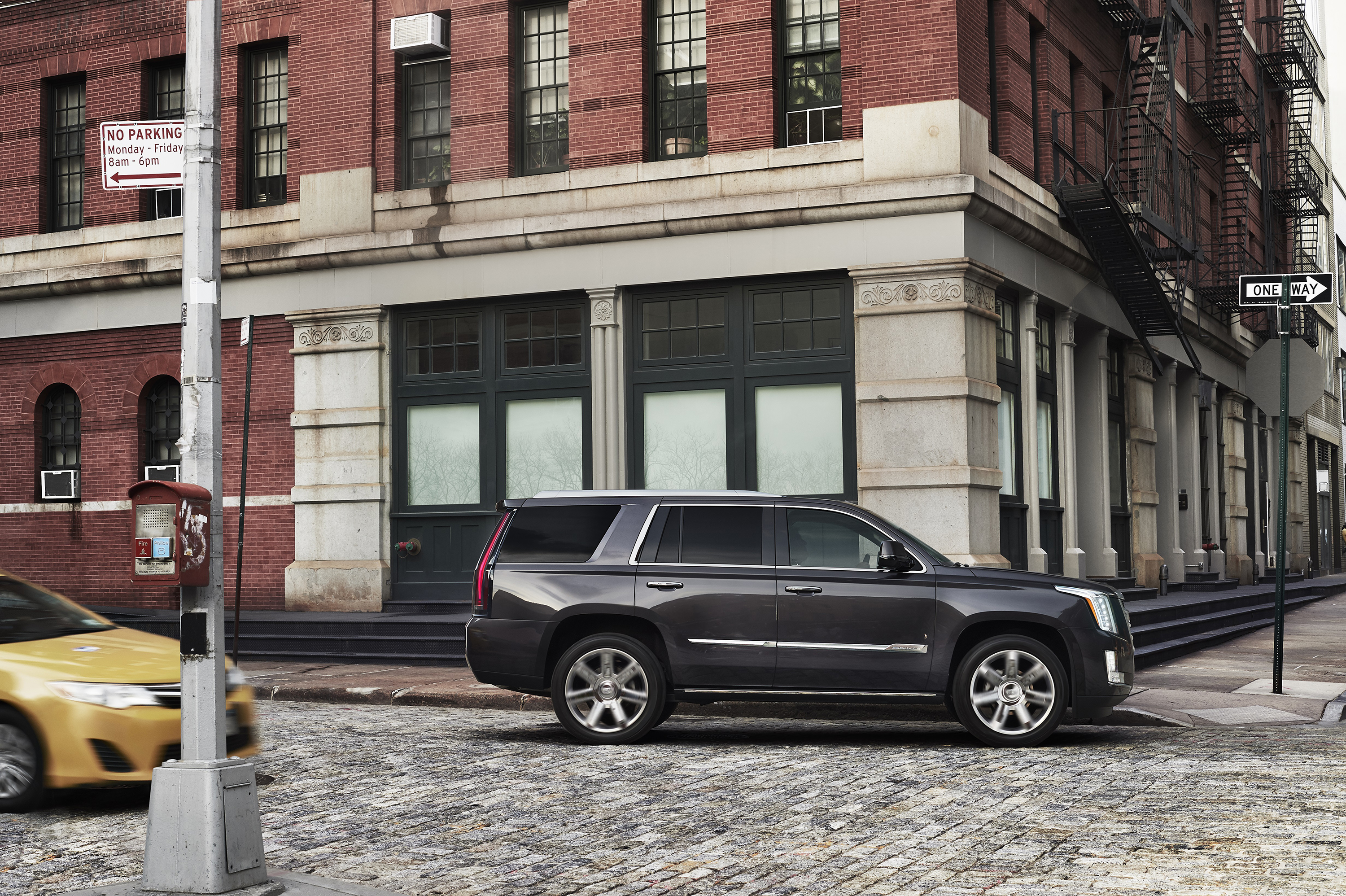
The LATCH system (Lower Anchors and Tethers for Children), dating back to 2001 was added to the automotive safety roster in order to provide a safe anchor for child seats. At the time, the weight of the seat was not taken into consideration for the overall weight the LATCH anchors had to support.
Federal regulators have determined that the car seat system is not safer in certain situations, thus, parents are warned not to use the bottom anchors of the LATCH system beginning in February 2014 for seats that weigh over 65 lbs in combination with the child’s weight. Using the car’s seatbelt for securing the lower section of the car seat is urged for seats that weigh (with the child occupant) over 65 lbs.
NHTSA’s toll-free Auto Safety Hotline at 1-888-327-4236.
Keep in mind: not all car seatbelts are created the same. In order for the seatbelt to work properly when used in the place of the lower LATCH anchor, it must lock. Many seatbelts will lock and ‘ratchet’ tight when the seatbelt is extended to its full length. Not every car will do this and it is highly suggested that you consult your vehicle’s user manual and a safety website such as the NHTSA’s (http://www.safercar.gov/ and http://www.nhtsa.gov/).
Once again, check and see if the weight of the child seat AND the weight of the child sitting in the seat are under 65 lbs if you intend to use the top and bottom anchors. Otherwise, the NHTSA wants you to use the seatbelt on the lower section of the child seat in place of the lower anchors.
NHTSA’s Installing the Car Seat Instructions:
Read the car seat instruction manual and the portion of your vehicle’s owner’s manual on car seat installation. Every car seat needs to be installed using either the lower anchors of the LATCH system or the seat belt to secure it in place. If you choose to use a seat belt to install your car seat, pay close attention to how to lock your seat belt in the vehicle owner’s manual. Because every car seat and vehicle is different, it’s important to follow all instructions carefully.
Place the car seat in the back seat of your vehicle and follow the manufacturer’s installation directions.
The car seat must be secured tightly in the vehicle. It should not move side-to-side or front-to-back more than 1 inch when pulled at the belt path.
If it is a forward-facing seat and has a top tether strap, connect it to the tether anchor and tighten. This step is very important as it limits forward head movement in a crash.
If it is a rear-facing seat, make sure the car seat is installed at the correct recline angle. Most car seats have built in angle indicators or adjustors that help with this step.
This next video gives you an idea as to what the NHTSA 2014 LATCH requirement is referring to:
Easy enough – right? These requirements and the combination of LATCH and seatbelt makes safety sense. Take a few minutes and reconnect your child’s car seat (if needed) – it’s worth the effort. Play it safe and drive carefully in 2014!
Speaking of 2014 – Check out this video of the all-new 2014 Jeep Cherokee Trailhawk!


























